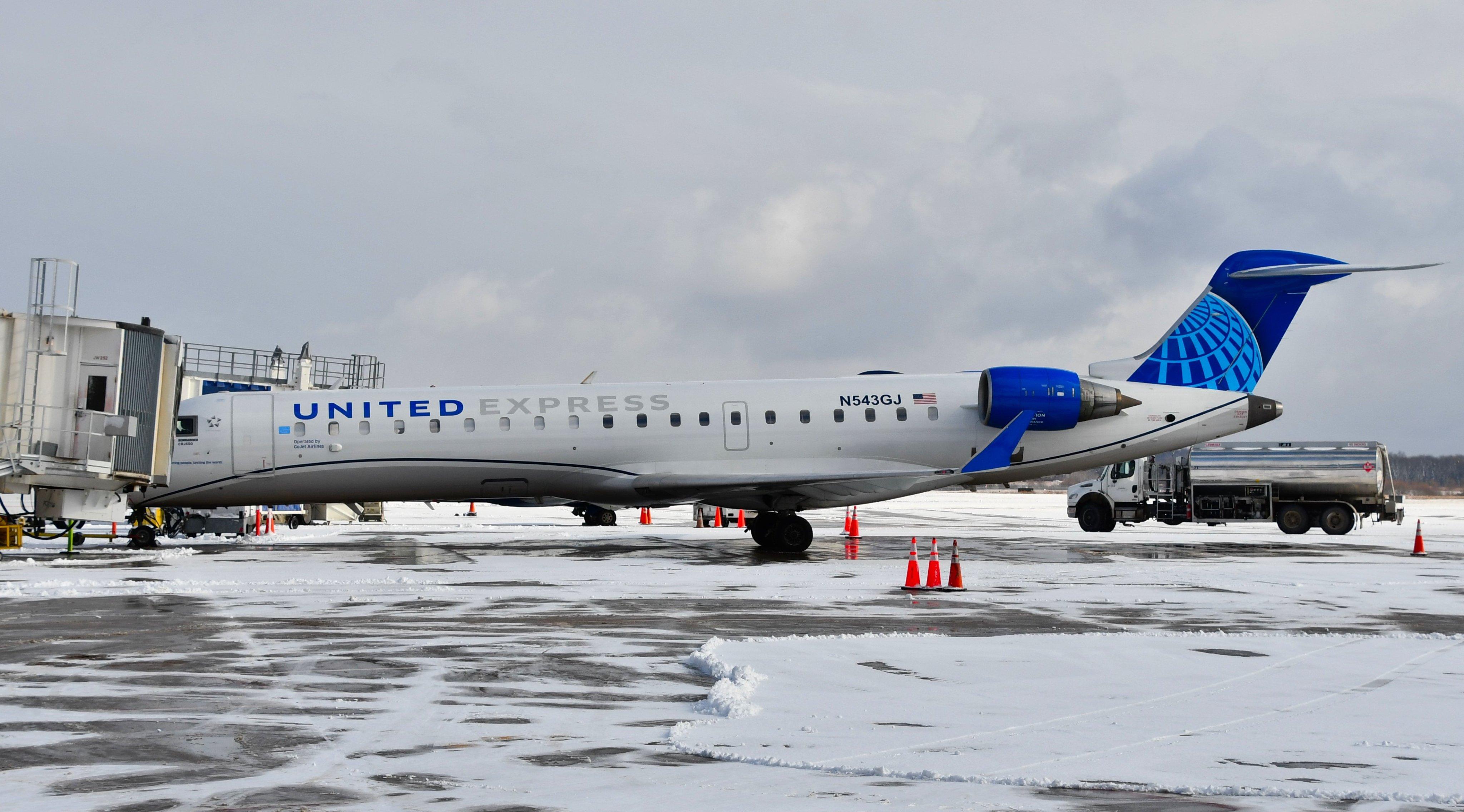
Bombardier’s exit from commercial aerospace was finalized yesterday with the sale of its CRJ aircraft program to Japanese manufacturer Mitsubishi Heavy Industries (MHI) in a deal including its maintenance support services.
The sale of the regional jet program had been somewhat drawn out, with both parties entering negotiations last year before agreeing to a $550 million sale last October. It paves the way for Bombardier to focus solely on business jet production, following several years of financial challenges that have seen it offload all its commercial aircraft programs.
The past two years have seen the Canadian aircraft maker divest its other commercial aircraft programs, starting with the Q400 to an affiliate of Longview Aviation Capital in 2019, followed by the sale of its troubled C Series program to Airbus in February of this year, which swiftly rebranded it as the A220.
Operating as the newly established MHI RJ Aviation Group that will be based out of Montreal, MHI won’t take on manufacturing duties for the CRJ as part of the new ownership but will assemble the remaining backlog of aircraft—currently standing at 15 units—by the end of the year along with continuing to supply spare parts for the outstanding aircraft.
MHI will assume control of all its maintenance, engineering, airworthiness certification support, refurbishment, asset management, marketing and sales activities for the CRJ. In addition, MHI will take on the regional aircraft’s type certificates and related intellectual property rights.
Around 1,500 employees will also be taken on, some of which work across CRJ services bases in Canada and the U.S. These include sites in Mirabel near Quebec and Toronto for Canada, while in the U.S., repair locations in Bridgeport, West Virginia and Tucson, Arizona have been acquired. Component distribution centers in Chicago and Frankfurt will remain under Bombardier control and will support its business jet customers.
These service centers will likely further bolster MHI’s aftermarket network for its own SpaceJet program, which has been hampered by a string of delays owing to technical issues. It is now expected to enter service in either late 2021 or early 2022.
The aircraft formerly known as the Mitsubishi Regional Jet has a maintenance network comprised of Pemco World Air Services, Haeco Americas and ANA subsidiary MRO Japan. Aviation Week data forecasts that by the end of the decade in 2029, the program will generate $854.4 million in MRO spend from more than 350 aircraft expected to be in service.





